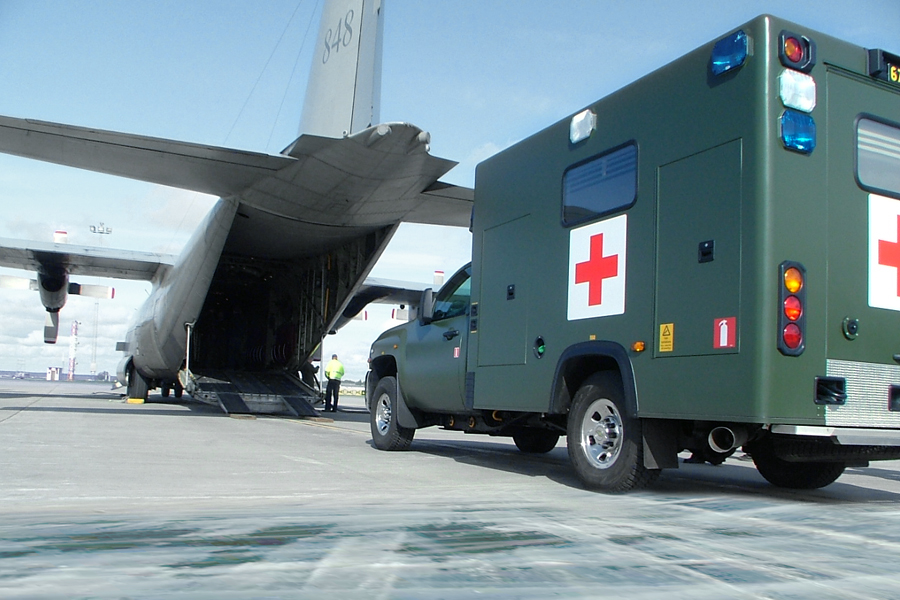
V4 could be regarded as more successful project of transition and integration compared to the rest of post-communist states in Central and East Europe both from political and economic perspective. The external factors (the EU, gas crisis between Russia and Ukraine in January 2009) and their demand for response still have more efficient impact on the strengthening of V4 cooperation compared to the pressure from inside. However, still the motivation of the political leaders to develop the Visegrad cooperation is more pragmatic than based on the awareness of belonging together. The fact that Visegrad is considered by the domestic political elites as well as by the political elites abroad as a “brand” or “mark” has a significant contribution to the construction of the regional identity. However, the citizens of V4 countries already perceive Visegrad as a relevant and meaningful regional group. The publication shows that the Visegrad cooperation is still based on the interests rather than on the commonly shared identity. The authors of the publication cover the following topics – historical identities historical memory economic cohesion and the level of economic cooperation of the V4 states the role of the Visegrad topics in the university education and the political culture of the V4 states. The aim of the publication is to analyze whether there is any Visegrad commonly shared identity or not and what could be the integrative factor of the Visegrad Group. Finally, the paper defines and recommends some concrete steps as well. In order to do so, the example of the Nordic Battlegroup is examined in detail. The paper’s recommendation is to use the battlegroup in a “smart way”: considering the possibilities and obstacles of the V4, the Visegrád Battlegroup should be used as a tool to promote the interests of the participating countries beyond the defence issues as well. Then, it defines three possible policy options regarding the Visegrád Battlegroup. The paper first gives a brief overview about the latest developments of CSDP, summarizes the battlegroup concept and the latest facts about the Visegrád Battlegroup in order to give a background. Therefore, even if at first sight investing energy into common EU defence projects might not seem to be worth the effort, the Visegrád Battlegroup can be and should be efficiently used as another instrument to represent the interests of its participants within the European Union and beyond. This paper argues that regional cooperation in the field of Common Security and Defence Policy (CSDP) of the European Union-such as formulating a battlegroup together-can have many advantages beyond the defence issues as well, as the example of some previous battlegroups proves.

The decision to create the Visegrád Battlegroup is a step into this direction. The same is true for defence issues as well: Hungary as a single country would have difficulties with making its defence interests visible in the EU, while as a member of the Visegrád Group this visibility increases significantly. Acting as a group, however, as in the framework of a regional cooperation, has already proven to be effective in many different fields. It is a well-known phenomenon in the European Union that small member states can hardly represent their interests on their own.


 0 kommentar(er)
0 kommentar(er)
